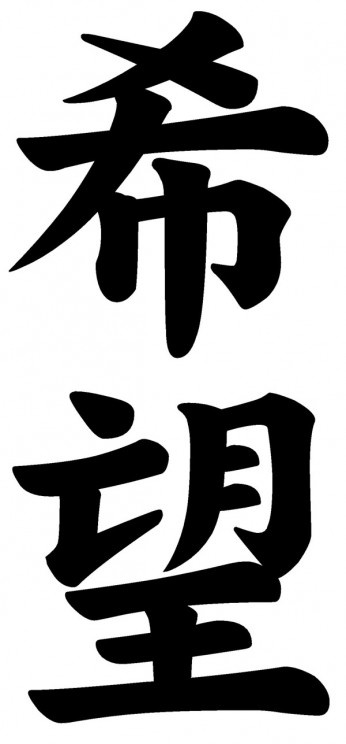By Anthony Scioli
Recently Japan’s 77 year old Emperor Akihito implored his people “not to abandon hope”. This may have struck some Westerners as odd since Japan is an Eastern country largely dominated by Buddhism and Shinto, faith traditions that many associate with mindfulness, acceptance and renunciation rather than hope for the future, transformation, or worldly pursuits. In fact, it is not uncommon to find Westerners who believe that “hope” does not even exist in the East. For many American intellectuals, particularly psychologists, hope is associated with the pursuit of specific, concrete goals. Surely the emperor did not have this kind of hope in mind when he made his appeal?
Hope is not an exclusively western, Judeo-Christian virtue. There are words for hope in Apache (ndahondii) and Swahili (matumaini) as well as Persian (omid), to name just a few examples. The largest lab within the International Space Station is called “Kibou”, which means “hope” in Japanese. But what is hope? Is it one thing or many things? What can we learn about hope from the Japanese experience? In turn, what can the Japanese learn from “hope”? Can these lessons be combined to form a better psycho-social-spiritual disaster kit?
What can we learn about hope from the Japanese?
It is true that hope is partly about goals and mastery. However, while academic psychologists have tended to conceptualize hope in terms of goal expectancies and narrow-focused probability estimates, the hopes of the common man or woman tend to be more transcendent, more global, and value-laden. A hope is not a wish. Unlike optimism, hope is not ego-centered but collaborative, rooted in empowerment and focused on a higher plane of success. Ironically, the well-known “secondary” or “indirect” control processes (sometimes called “soft power” in business circles) favored in the East are more line with the nature of hopeful mastery than academic psychology’s goal-centered view of hope. In Japan, the story of the “Fukushima Fifty” has provided a good example of collaborative mastery oriented around a higher goal. These are the fifty employees of the damaged Fukushima nuclear power company that agreed to continue in the effort to stabilize the plant despite the inevitable exposure to toxic levels of radiation.
Hope is about attachment. In fact, attachments are probably the most important wellspring for the development of hope. However, if you peruse mainstream psychology, you will find little on hope and attachment. The one exception is Erik Erikson who believed that trust was the root of basic hopefulness. The philosopher Gabriel Marcel agreed with Erikson but added openness to the attachment portion of the hope equation. Again, it is curious that this dimension of hope is brought into bolder relief through contact with Japan, albeit a collectivist society, but one not typically associated with this presumably “Christian virtue”.
During a crisis, levels of civility, trust, and openness can quickly plummet. This is unfortunate because these attachment-related aspects of hope can function as literal life-savers during an earthquake, flood, or other major disaster. �



